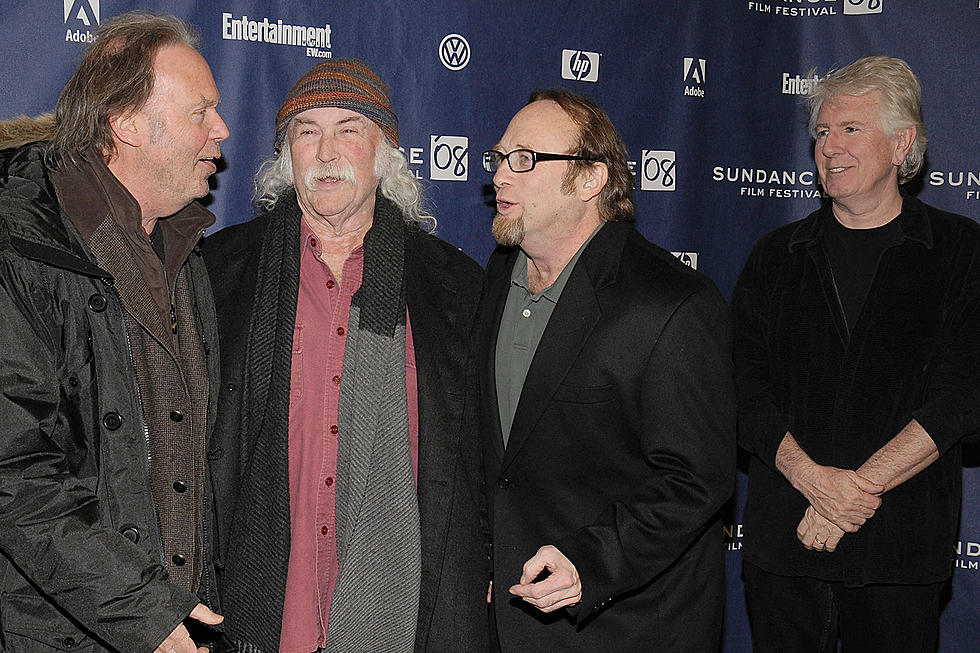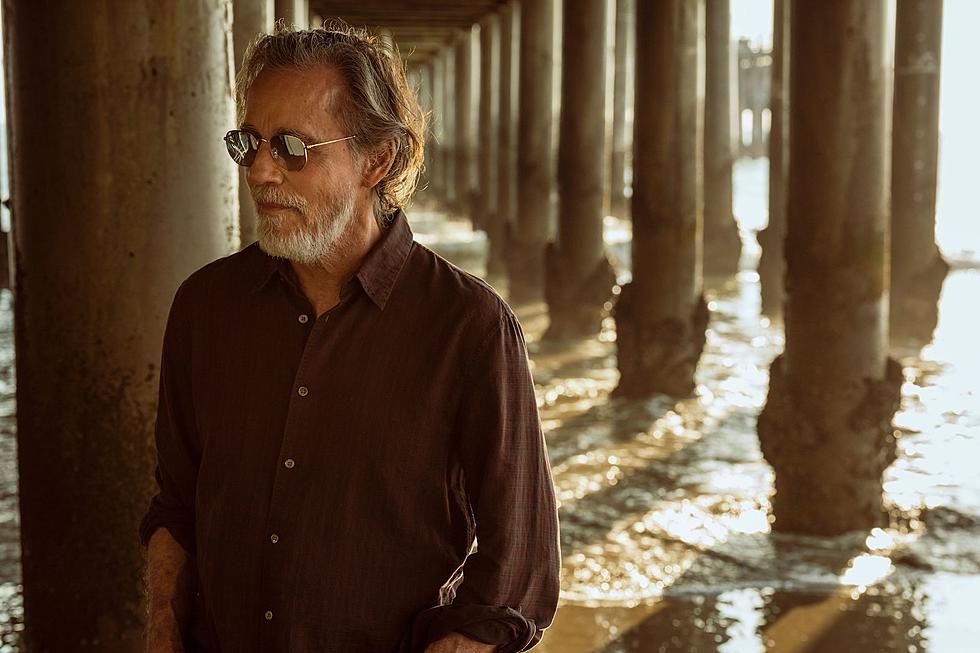
When Jackson Browne and Graham Nash Led ‘No Nukes’ Concerts
Rock and political activism have pretty much always gone hand in hand, but the '70s took that connection to a new level with the advent of the all-star benefit concert, treating fans of all ideologies and affiliations to the impressively crowded stages that produced events such as George Harrison's Concert for Bangladesh and Eric Clapton's Rainbow Concert.
It's only fitting, then, that the decade's final days bore witness to what was then possibly the biggest series of benefit concerts ever: the No Nukes shows held between Sept. 19-23, 1979, at Madison Square Garden in New York City.
The concerts were organized by Musicians United for Safe Energy (MUSE), a group put together in 1979 by Jackson Browne, Graham Nash, Bonnie Raitt, Orleans co-founder John Hall, and journalist/activist Harvey Wasserman.
The group's chief purpose was drawing attention to the dangers of nuclear energy and they came together at an opportune time for the no-nukes movement: a partial reactor meltdown on Three Mile Island in Pennsylvania stoked public fears in the spring of 1979, almost at the same time that The China Syndrome, a hit film about safety violations at a nuclear power plant, arrived in theaters. It was almost, Raitt joked later, "as if we planned it that way."
MUSE organizers had little trouble lining up famous friends to take part in the shows. Some artists who ended up on the bill had already publicly campaigned against nuclear power – James Taylor, for instance, had written to President Carter on the subject. Others, like Tom Petty, the Doobie Brothers, Chaka Khan, and Poco, may have been a little quieter about their politics, but they were willing to stand shoulder-to-shoulder with more outspoken peers.
The No Nukes shows even managed to coax Bruce Springsteen back on stage after a protracted absence. He refrained from issuing any public statements in support of the cause because, as his manager told Rolling Stone at the time, he felt "the music was enough."
Springsteen's reticence was welcomed by pundits who eyed celebrity political activism with suspicion. In the same Rolling Stone article, Nash is confronted at a press conference by a reporter who wants to know how he responds to the notion that "musicians are getting too powerful, or too pushy." That's a somewhat obnoxious question, but it does highlight the growing backlash that artists would continue to face as they tried to use their celebrity power to further causes over the decades to come.
Live Aid, Farm Aid, USA for Africa, and the Human Rights Now! tour all made headlines, but they also made it easy for pundits to draw a line between real-world problems and the supposedly out-of-touch liberal elite rockers who tried to solve them with little more than good intentions.
"I believe that when the nuclear-power companies are threatening my life personally, I'm gonna get up and scream as loud as I can, no matter what I do for a job," Nash retorted. Raitt got right to the heart of the matter: "Our responsibility is to focus media attention. If just the movement people had been here today, you probably wouldn't have even covered this."
Watch 'Takin' It to the Streets' From the 'No Nukes' Concerts
Browne also scoffed at the idea of musicians accruing too much power. "It's not very much power compared to what they have," he argued. "But what we have on our side – the threat is real, being victimized is real, the need for change is real, and these things amount to something that is true. The need for nuclear power is not true, and their success lies in the fact that it takes so much money and energy to perpetrate.
"Their thing is based on selling something to somebody that they don't need," Browne added. "That's Madison Avenue. That's Jiffy Pop. That's hair dryers. New and more expensive ways of using up power for the aggrandizement of oneself. It's been sold like a drug, like a mirror that will lie to you."
The No Nukes performances made plenty of headlines and raised several hundred thousand dollars, but that was only the beginning for MUSE. In November, recordings from the shows arrived in record stores in the form of the No Nukes: The Muse Concerts for a Non-Nuclear Future triple LP. The No Nukes film arrived in 1980, treating viewers to a combination of concert and backstage footage – including the memorable incident that found Khan fuming after her set because she misinterpreted the audience's screams for "Bruce" and thought they were booing her.
For Hall, the events served as a prelude to a political career that would eventually lead him to a seat in the U.S. House of Representatives. Meanwhile, MUSE retreated from public awareness. In more recent years, they reunited periodically to call further attention to the dangers of nuclear power while helping raise funds to aid those who've suffered when things have gone awry.
In 2007, Raitt, Nash, and Browne recorded a new version of the Buffalo Springfield track "For What It's Worth." Browne, Raitt, and Hall staged another No Nukes show in 2011 featuring a roster of artists that included Tom Morello and Crosby, Stills & Nash, in order to help victims of the Fukushima disaster.
Nash told Rolling Stone that he's still invested in using his star power to force the media to pay attention to what he views as a crucial issue.
"The people that own the world's media you can count on one fucking hand. They don't want people. They want sheep," Nashe argued prior to the 2011 concert. "Buy another set of sneakers. 'Buy another Coca-Cola and get the fuck out of my life while I rob you.' We're just trying to take the awareness of the problems from the Japanese accident and amplify them."
For Browne, the No Nukes cause may have been even more personal – and the outgrowth of what he viewed as a simple human obligation. "It was just something that I could do and maybe get a little more sleep at night. And just know that I had done all that I was able to do," he explained in 1979. "The more you do, the more you're able to do. And the more you're able to do, the better you feel."
See Jackson Browne Among the Top 100 Albums of the '70s
More From Ultimate Classic Rock









